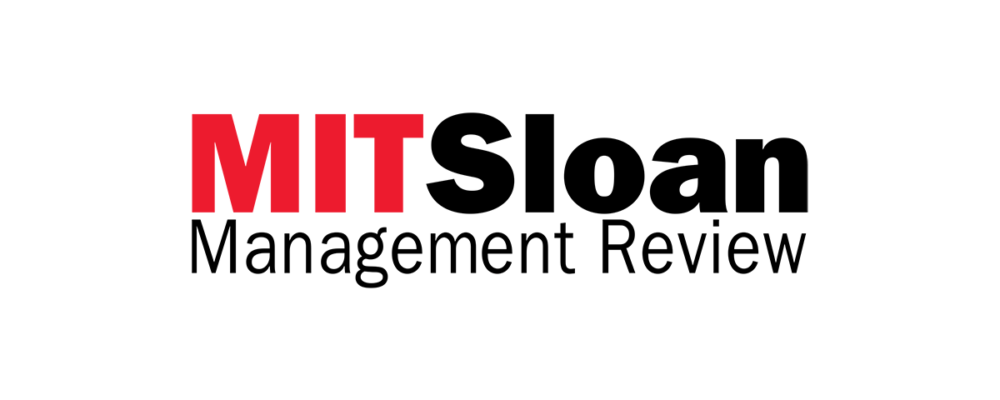Topics
Culture Champions
Building a healthy culture is one of the most important — and hardest — leadership jobs. These articles, based on a webinar series and research by Donald Sull and CultureX, share actionable advice from leaders whose cultures produced exceptional business results and a world-class employee experience.
More in this series
Aleksandar Savic
The truth about core values isn’t pretty at many organizations. In a study involving over 400 large companies, we found virtually no correlation between the elements of the official corporate culture and how employees rated their company on those supposed “core” values. “The most important thing about values,” according to Katie Burke, HubSpot’s former chief people officer (CPO), “is that they feel authentic, compelling, and beneficial to your employees.” According to our data, most companies fall short.
HubSpot is a notable exception. Since its founding in 2006, the company has grown to 8,000 employees and reached a market capitalization of nearly $30 billion. Within the software industry, which has the highest average Glassdoor culture and values rating out of 50 industries we studied, HubSpot ranks No. 1.
Get Updates on Transformative Leadership
Evidence-based resources that can help you lead your team more effectively, delivered to your inbox monthly.
Please enter a valid email address
Thank you for signing up
The company’s leaders obsess about corporate culture. In 2013, HubSpot published the Culture Code, a document that laid out the five tenets of its culture. We benchmarked how positively HubSpot employees spoke about these five values compared with their counterparts at 15 large software companies. HubSpot employees’ sentiment was significantly more positive for all five core values. For example, HubSpot employees spoke highly about transparency (almost three standard deviations more positively than the industry average). The HubSpot culture is not just healthy; the company’s employees exemplify precisely the cultural dimensions leadership has emphasized.
We recently spoke with Burke, who served as HubSpot’s vice president of culture and experience before taking on the role of CPO as the number of employees grew eightfold. The HubSpot story illustrates five general principles we’ve observed among rare companies that walk the talk on culture. Here, Burke offers practical tips for leaders who want to build a stronger culture.
1. Values must be authentic to employees.
Managers sometimes cherry-pick cultural elements from other companies and attempt to impose them on the organization. Unfortunately, these values are often divorced from organizational realities and fail to resonate with employees.
“You can’t copy and paste values across organizations,” Burke said. “People will say, ‘I love Netflix’s view on high performance. … I love Amazon’s solve for the customer. … I’m going to form a company, and I’m just going to pull four of those favorite values.’ And what people are missing is, does that even resonate with your business model, what you’re trying to do, your ambition, the character of your executive team? Those things have to align. … Employees can sniff out a lack of authenticity or that disconnect faster … than a speeding bullet.”
A better approach is to include employees in the process of surfacing and articulating values to ensure that they’re rooted in the company’s distinct history, leadership style, size, location, and other factors that shape corporate culture, Burke advised.
2. Cap values at a handful.
When it comes to core values, some leaders think the more, the merrier: One Fortune 500 company we studied had more than two dozen core values. But Burke observed, “You can’t have more than five values. … Employees and human beings can’t remember more than five things in a way that they can explain to their partner, their roommate, their kids. And so we originally tried to have, I think, eight values. … They fell short when we tried to launch them in front of the company. People would be like, ‘I don’t know if this connects.’”
Limiting the number of values also helps leaders embed them in hiring, informal recognition, training, and related processes. This is particularly important for leaders who are trying to change an existing culture. “Moving from an average to a great culture, you can only pick three things you want to be meaningfully better at, because truly changing your culture from average to great on three things is pretty significant,” Burke noted. “It’s a pretty big mountain to climb.”
3. Ensure that your culture isn’t for everyone.
Capping the number of values also forces leaders to make hard trade-offs when deciding which cultural elements they will double down on. “I personally think opinionated culture codes win,” Burke observed. “You have to be as clear about who you are, … those you’re welcoming in, … [and be] clear on who would not thrive in your organization, who would not be happy there.”
The flip side of prioritizing a handful of values is that an organization must accept that it will be average or subpar on many other dimensions. “A mistake that [chief HR officers] make is, they try and appeal to everyone. … And so the key, if you’re a CHRO who has an average culture that wants to be great, is actually nailing the clarity on what you are willing to be bad at as an organization,” Burke said. “And unfortunately, usually when you ask leadership teams, ‘What are we OK with being bad at?’ from a culture perspective, it’s usually, ‘Well, we have to be great at everything.’”
HubSpot leaders manage their corporate culture as though the culture is the product and their employees are the clients. It’s better to have a distinct value proposition that your target customers love rather than a list of platitudes that no one can object to.
4. Link culture to value creation.
During the time of the Great Resignation, many leaders viewed culture exclusively as a way to increase employee satisfaction and retention. However, culture also serves as a guardrail that aligns employee behavior with corporate strategy and supports (or undermines) value creation. For a culture to drive business results, it must be explicitly linked to the company’s strategy and business model.
Culture serves as a guardrail that aligns employee behavior with corporate strategy and supports (or undermines) value creation.
“Solve for the customer — not just their happiness but their success” is an obvious example of a HubSpot core value that supports the company’s strategy. But all five of HubSpot’s values, Burke argued, help the company win in the market. Transparency, for example, matches the business model, she noted: “We mostly serve small and medium-sized businesses around the globe. We give away a lot of content. We share a lot on how to grow your business. So [transparency] just fits who we are as a product, as a software, as a company.”
5. Tell a coherent story.
The most effective corporate cultures are not based on a set of unrelated core values. Instead, core values should mutually reinforce one another, creating a distinctive employee experience and supporting the company’s strategy and business model. An organization’s core values should tell a coherent story about the employee experience and how the culture will contribute to value creation.
HubSpot’s core values tell such a story. Its cultural tenet of solving for the customer aligns with driving long-term impact. The company hires talented people and gives them the autonomy to take initiative and innovate to better serve the customer, and it then holds those employees accountable for delivering results. HubSpot’s emphasis on transparency ensures that empowered employees can align their actions with the overall company strategy.
When leaders craft a set of core values, Burke said, it’s critical to “[make] sure that the narrative makes sense and your employees could explain it.”
Want to hear more advice from Burke? Watch this conversation and the entire series on the CultureX YouTube channel, on Spotify, or Apple.
“The MIT Sloan Management Review is a research-based magazine and digital platform for business executives published at the MIT Sloan School of Management.”
Please visit the firm link to site






